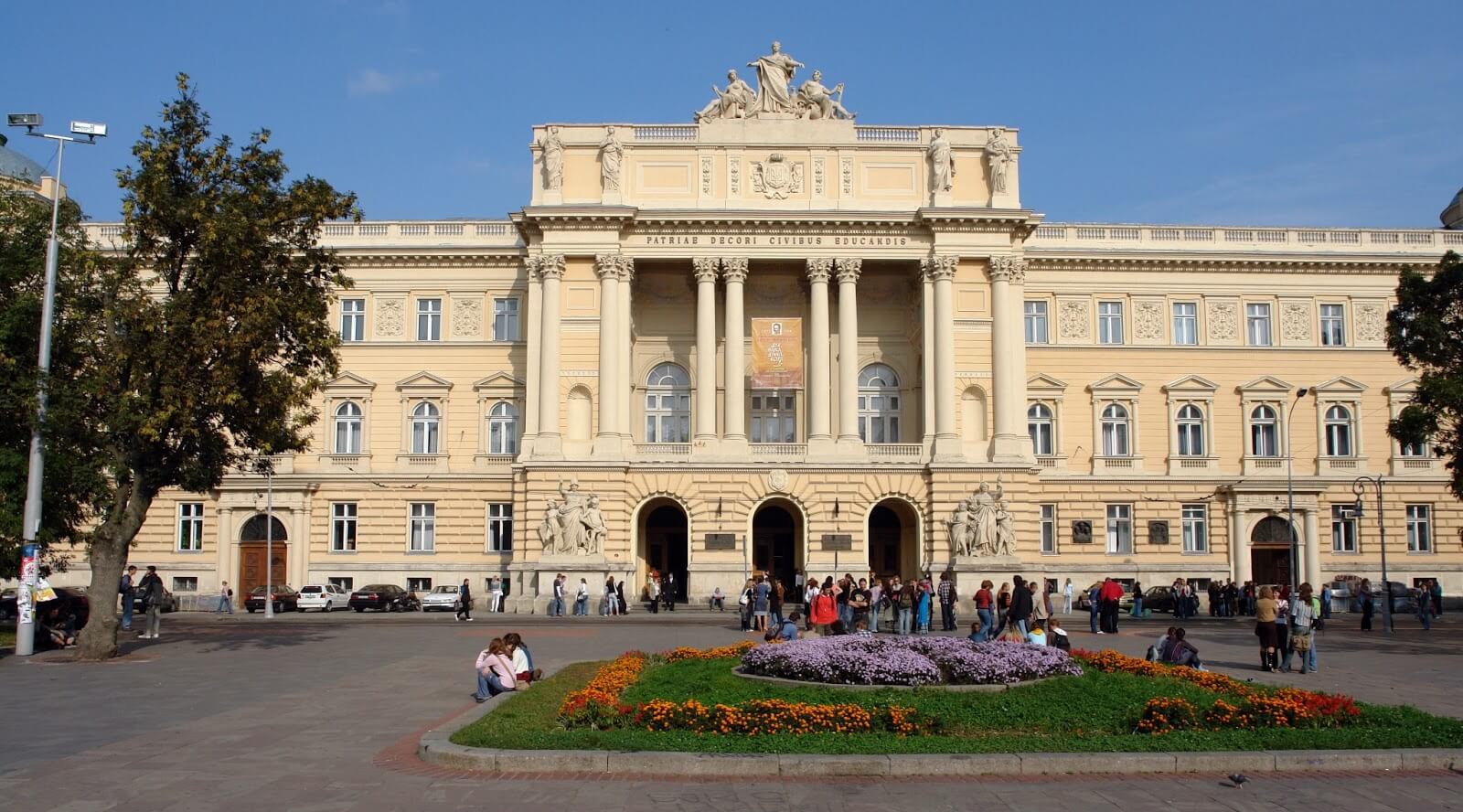About HOMEO

Acupressure Acupuncture Anthroposophic medicine Apitherapy Applied kinesiology Aromatherapy Auriculotherapy Bach flower remedies Bates method Biorhythm Black salve Bodywork Bonesetter Bowen technique Breathwork Cancer treatments Greek cancer cure Chiropractic Chiropractic treatment techniques Vertebral subluxation Christian Science Chromotherapy Colon cleansing Coffee enema Colorpuncture Craniosacral therapy Crystal healing Cupping therapy Detoxification Foot baths Duesberg hypothesis Ear candling Energy medicine Esoteric energy Therapeutic touch Facilitated communication Functional medicine Hair analysis Herbal medicine Holistic dentistry Hologram bracelet Homeopathy Biological terrain assessment Hypnotherapy Iridology Ionized jewelry Lightning Process Lymphotherapy Medical intuitive Mesmerism Magnet therapy Manual therapy Mind–body interventions MMS Myofascial release NAET Naturopathy Oil pulling Orgone Orthomolecular medicine Megavitamin therapy Orthopathy Osteomyology Osteopathy Parapsychology Phrenology Psychic surgery Psychodermatology Radionics Rapid prompting method RBOP Reiki Reflexology Rolfing Scientific racism Thought Field Therapy Urine therapy
Homeopathy or homœopathy is a pseudoscientific[1][2][3][4] system of alternative medicine. It was created in 1796 by Samuel Hahnemann. Its practitioners, called homeopaths, believe that a substance that causes symptoms of a disease in healthy people would cure similar symptoms in sick people; this doctrine is called similia similibus curentur, or "like cures like".[5] Homeopathic preparations are termed remedies and are made using a process of homeopathic dilution, in which a chosen substance is repeatedly diluted in alcohol or water, typically until nothing of the original substance remains in the product.[6] Practitioners select remedies by consulting reference books known as repertories, and claim that these remedies, upon oral intake, can treat or cure disease
